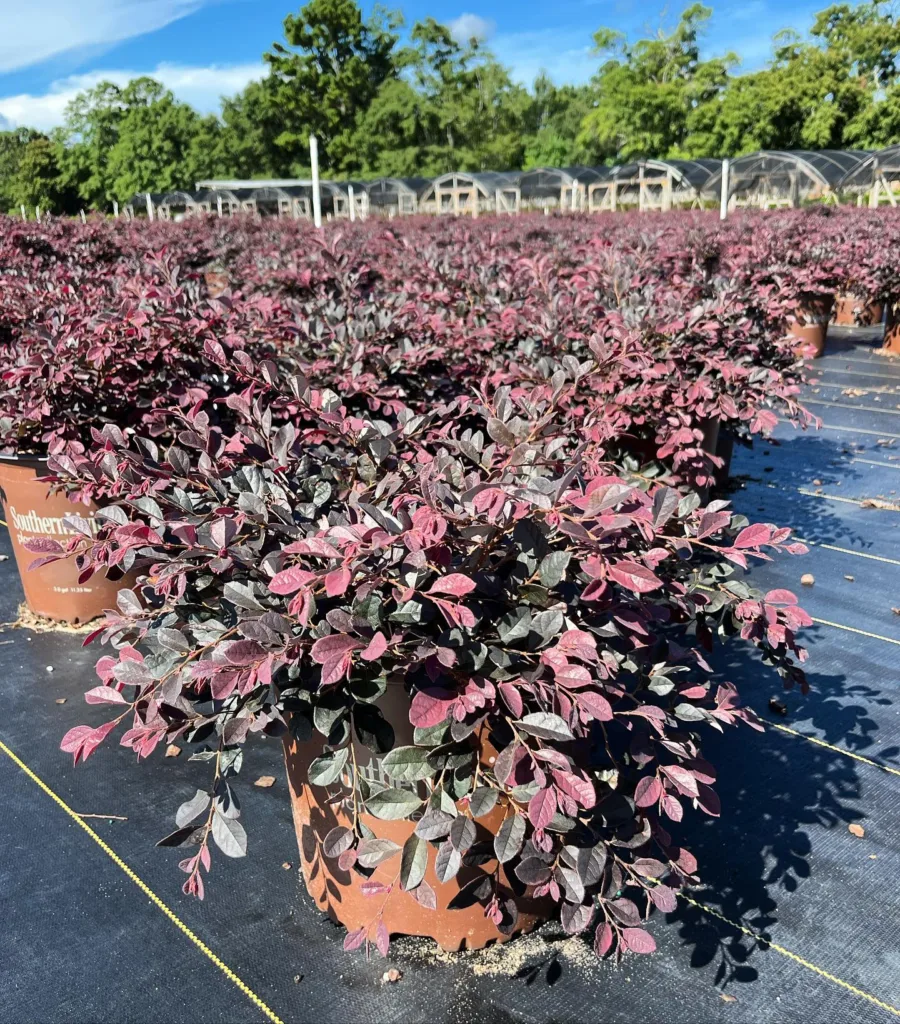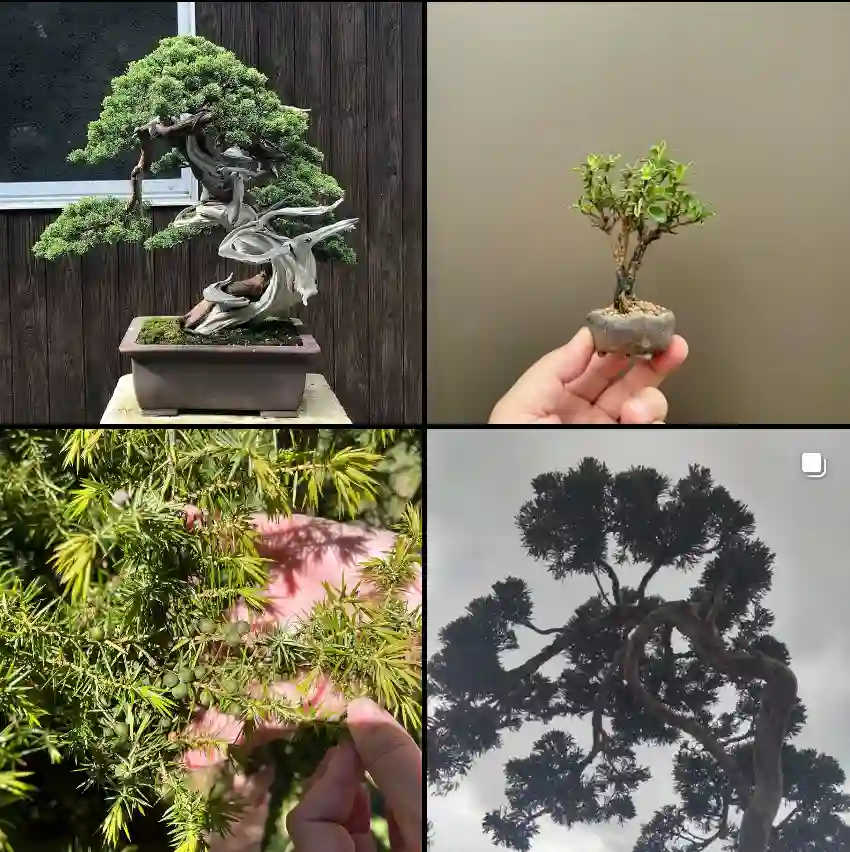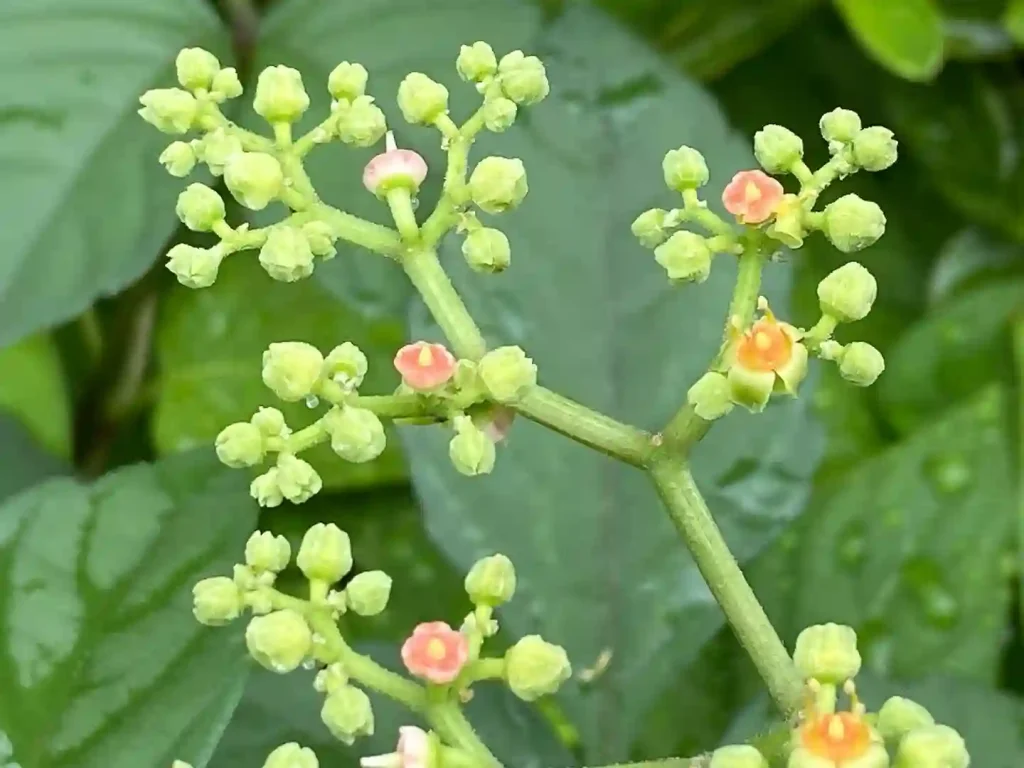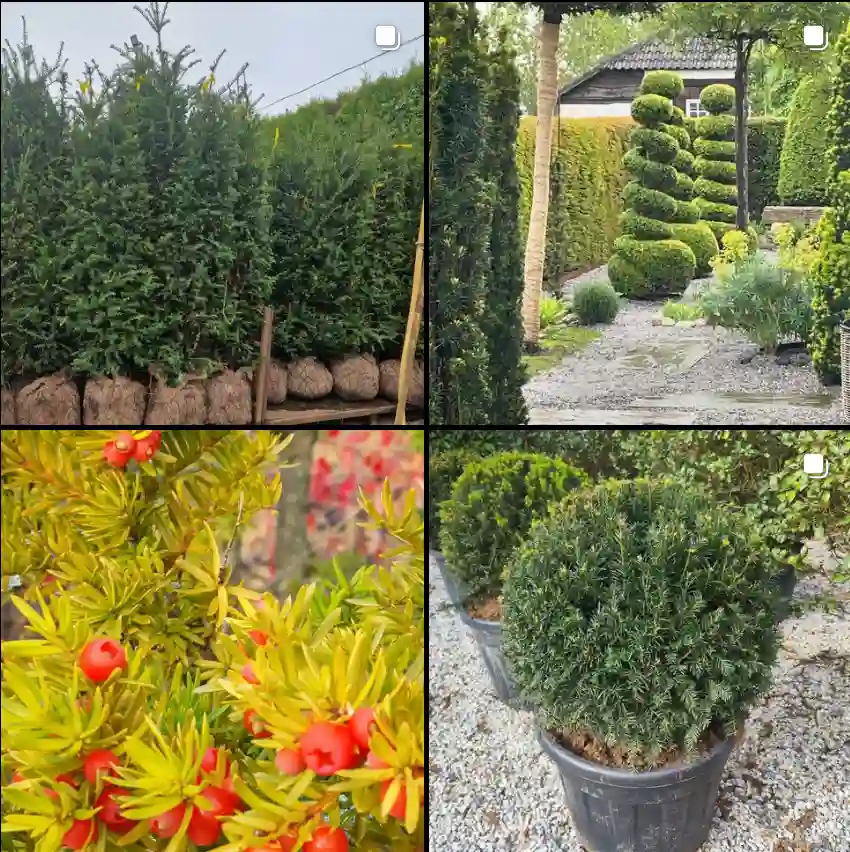Peperomia Perciliata: A Delicate Climber for Plant Enthusiasts
Hi, Ferb Vu here! Today, we’re diving into the world of the Peperomia Perciliata, a captivating little climber that’s quickly becoming a favorite among houseplant aficionados. This petite powerhouse boasts unique charm with its cascading vines, vibrant green foliage, and contrasting red stems.
Whether you’re a seasoned plant parent or a curious newcomer, this FAQ will equip you with the knowledge to cultivate a thriving Peperomia Perciliata.
1424 Species in Genus Peperomia
How much light does a Peperomia Perciliata need?
Unlike its sun-worshipping cousins, the Peperomia Perciliata thrives in moderate, indirect light. Think dappled sunlight filtering through a sheer curtain. Harsh midday sun can scorch the delicate leaves, so avoid placing it on a south-facing window sill.
Can it survive in low light?
It can tolerate low light conditions, but growth might be slower. If your home leans towards the shadowy side, consider supplementing with grow lights to maintain its vibrancy.
How often should I water my Peperomia Perciliata?
The key to watering this beauty lies in allowing the soil to dry out completely between waterings. Overwatering is a leading cause of problems, so err on the side of underwatering. When in doubt, stick your finger an inch into the soil. If it feels dry, it’s watering time.
What are the signs of overwatering?
Droopy, limp leaves and yellowing at the base are telltale signs of overwatering. If you notice these, stop watering immediately and allow the soil to dry out completely.
Does it need misting?
While not strictly necessary, occasional misting can provide a humidity boost, especially in drier climates. However, proper watering is more crucial for maintaining adequate moisture.
What kind of soil is best for a Peperomia Perciliata?
A well-draining potting mix is essential. Opt for a blend specifically designed for houseplants or cacti, which allows for proper aeration and prevents waterlogging.
Can I use regular potting soil?
Regular potting soil might retain too much moisture. Amending it with perlite or orchid bark can improve drainage.
What temperature range is ideal for a Peperomia Perciliata?
This tropical native thrives in warm temperatures between 65°F and 85°F (18°C and 29°C). Avoid exposing it to sudden temperature fluctuations or drafts.
Does it need high humidity?
Moderate to high humidity is beneficial, but it’s not overly fussy. Grouping it with other humidity-loving plants or placing a pebble tray filled with water near the pot can create a more humid microclimate.
Why are the leaves of my Peperomia Perciliata curling?
Curling leaves can indicate underwatering, excessive light, or even pests. Check the watering schedule, adjust lighting if needed, and inspect the plant for signs of insect infestation.
My Peperomia Perciliata has brown spots on the leaves. What’s wrong?
Brown spots could be caused by sunburn, fungal disease, or bacterial infection. Isolate the plant, remove affected leaves, and treat with a fungicide or bactericide if necessary.
How do I deal with pests on my Peperomia Perciliata?
Common pests like mealybugs or spider mites can occasionally target your plant. Neem oil spray or insecticidal soap are effective solutions for these tiny invaders.
Can I propagate my Peperomia Perciliata?
Absolutely! Stem cuttings are the easiest method. Take a healthy stem tip with a few nodes, remove the lower leaves, and plant it in a well-draining potting mix. Keep the soil moist and provide indirect light. New growth should emerge in a few weeks.
What’s the difference between Peperomia Perciliata and Peperomia Obtusifolia (Baby Rubber Plant)?
Both are popular Peperomia varieties, but with distinct characteristics. The Peperomia Perciliata is a vining plant with small, round leaves. The Peperomia Obtusifolia boasts larger, fleshy, teardrop-shaped leaves and a more upright growth habit.
Which one is easier to care for?
Both are relatively low-maintenance plants. The Peperomia Perciliata might have slightly trickier watering needs due to its thinner leaves, but overall, they’re both excellent choices for beginners.
There you have it! With these handy tips, you’re well on your way to cultivating a thriving Peperomia Perciliata. Remember, a little TLC goes a long way with this charming climber. Happy planting!
If i die, water my plants!



